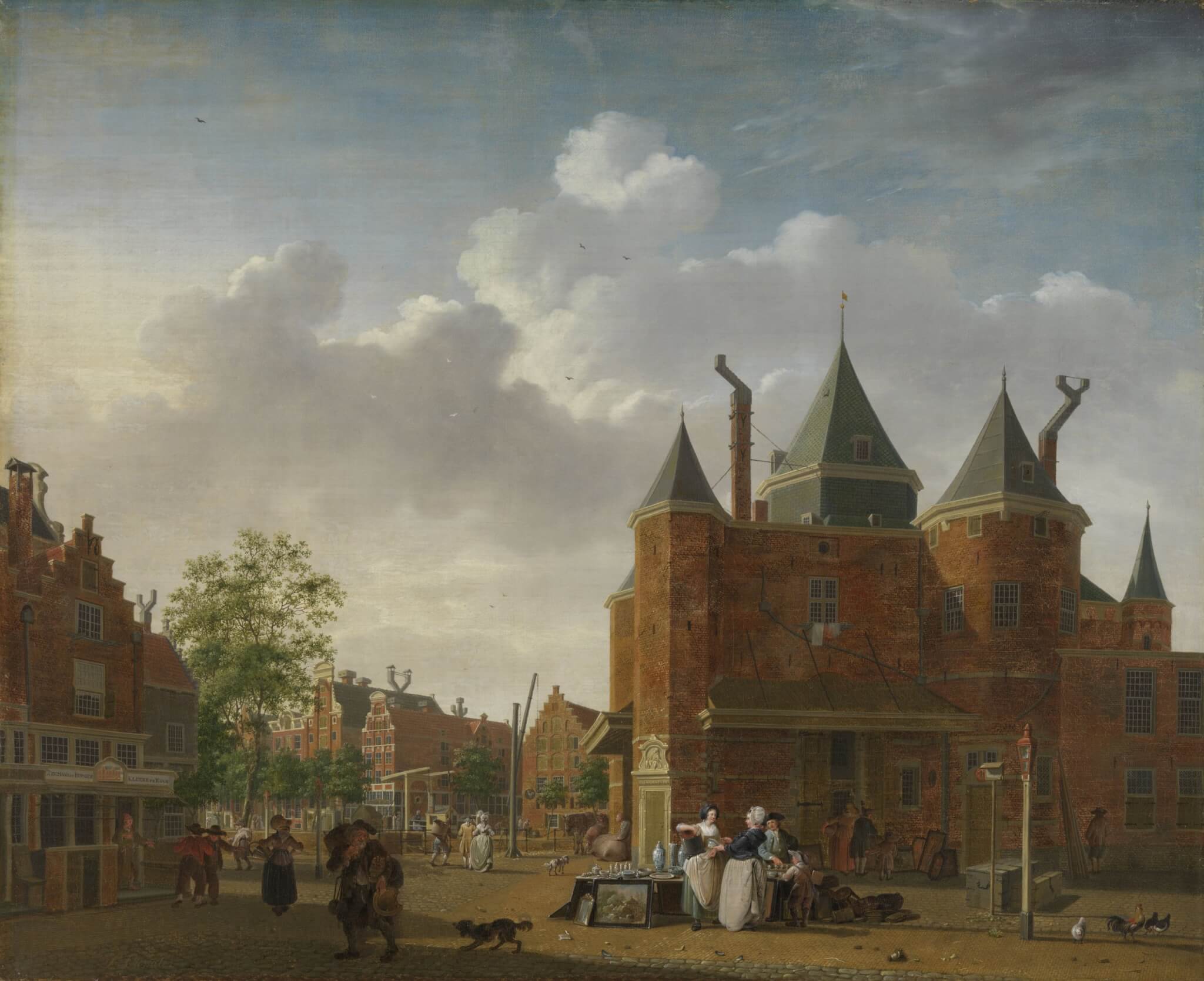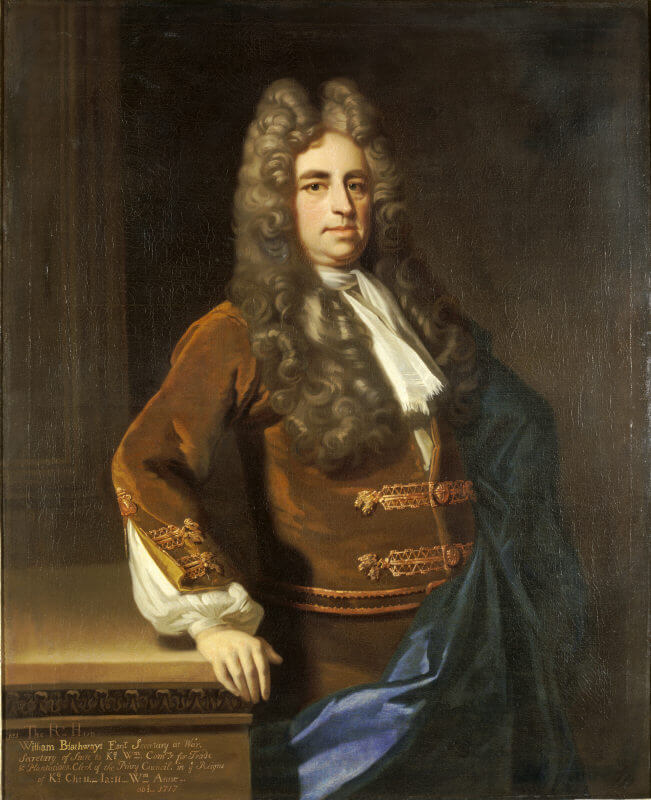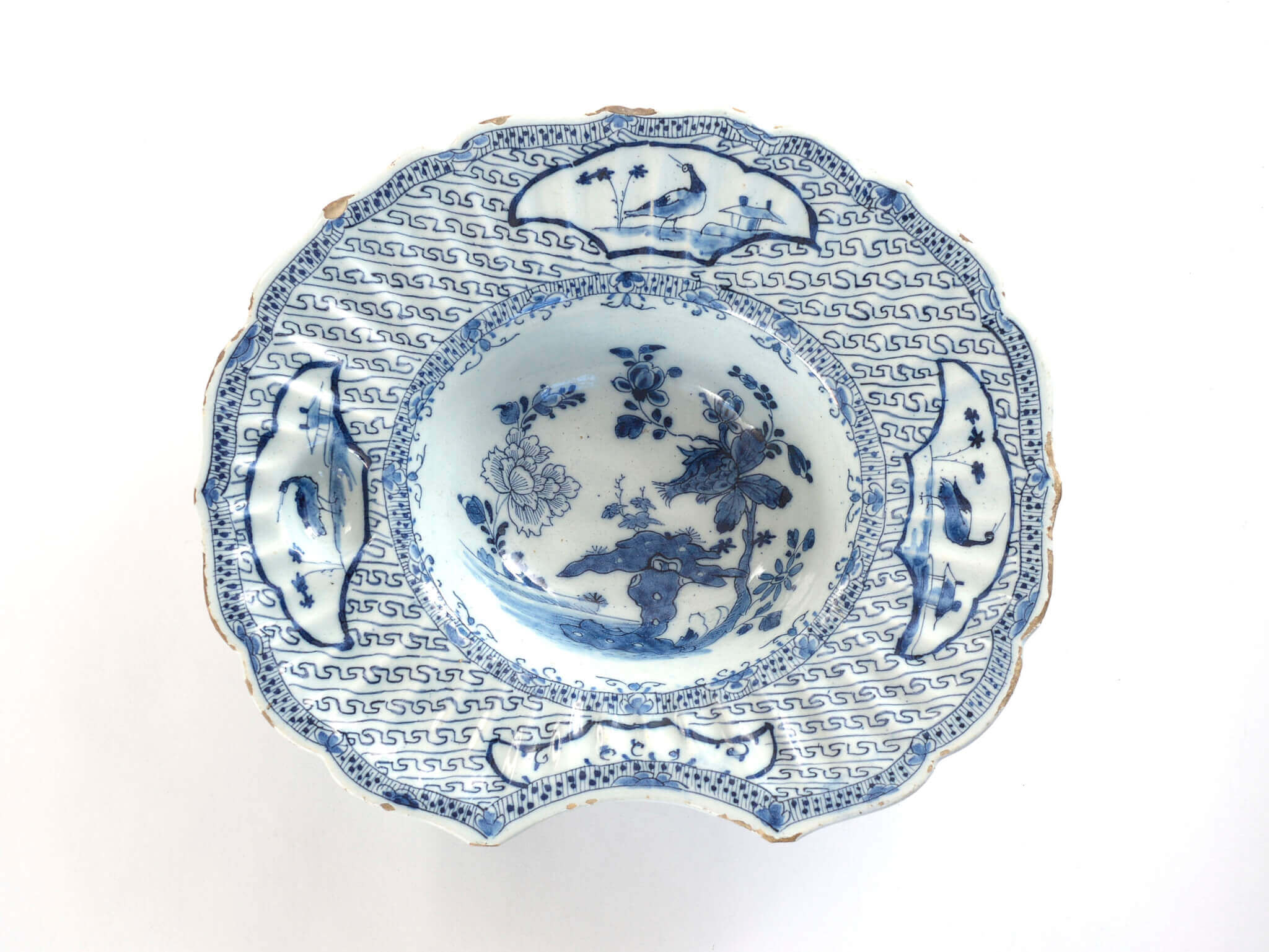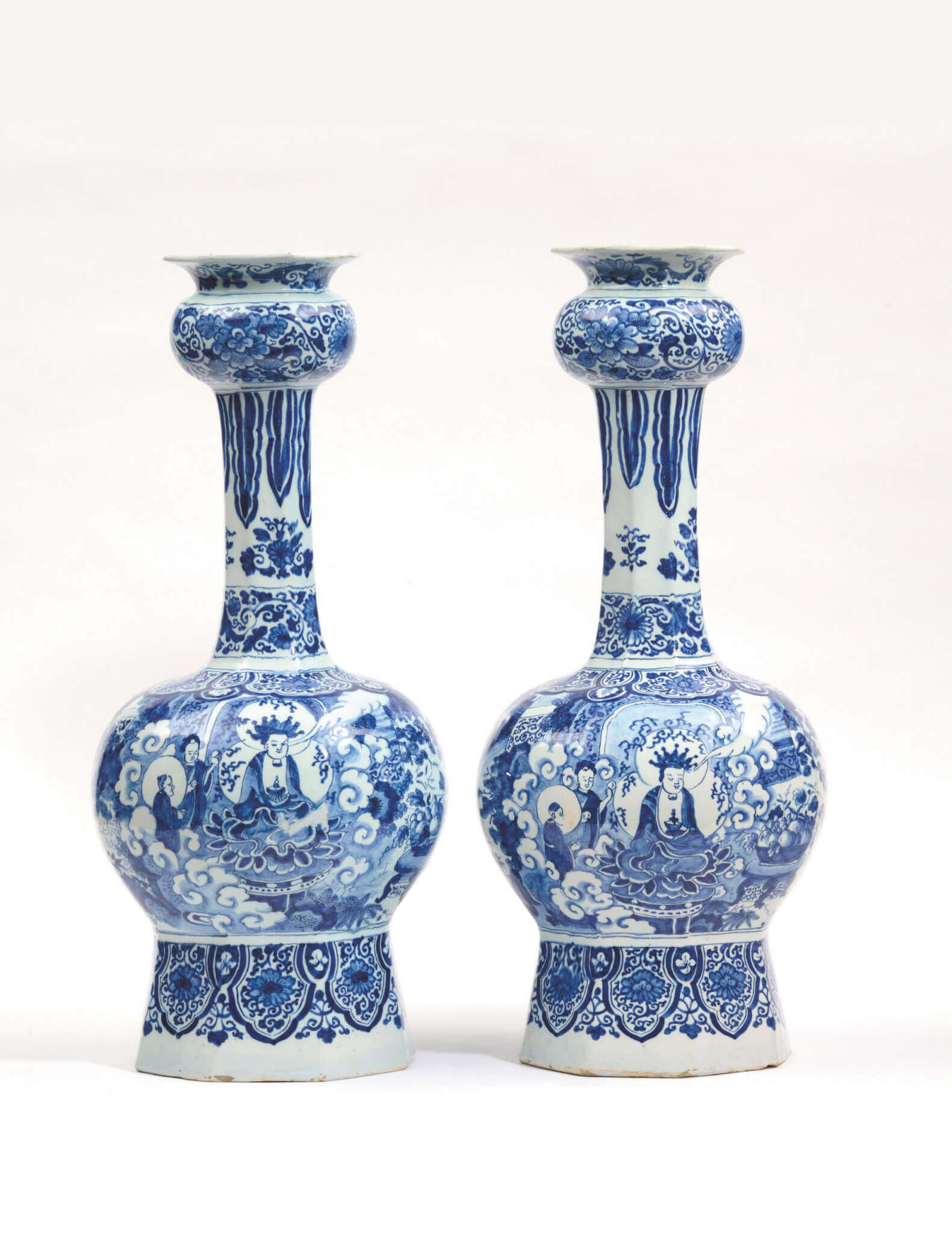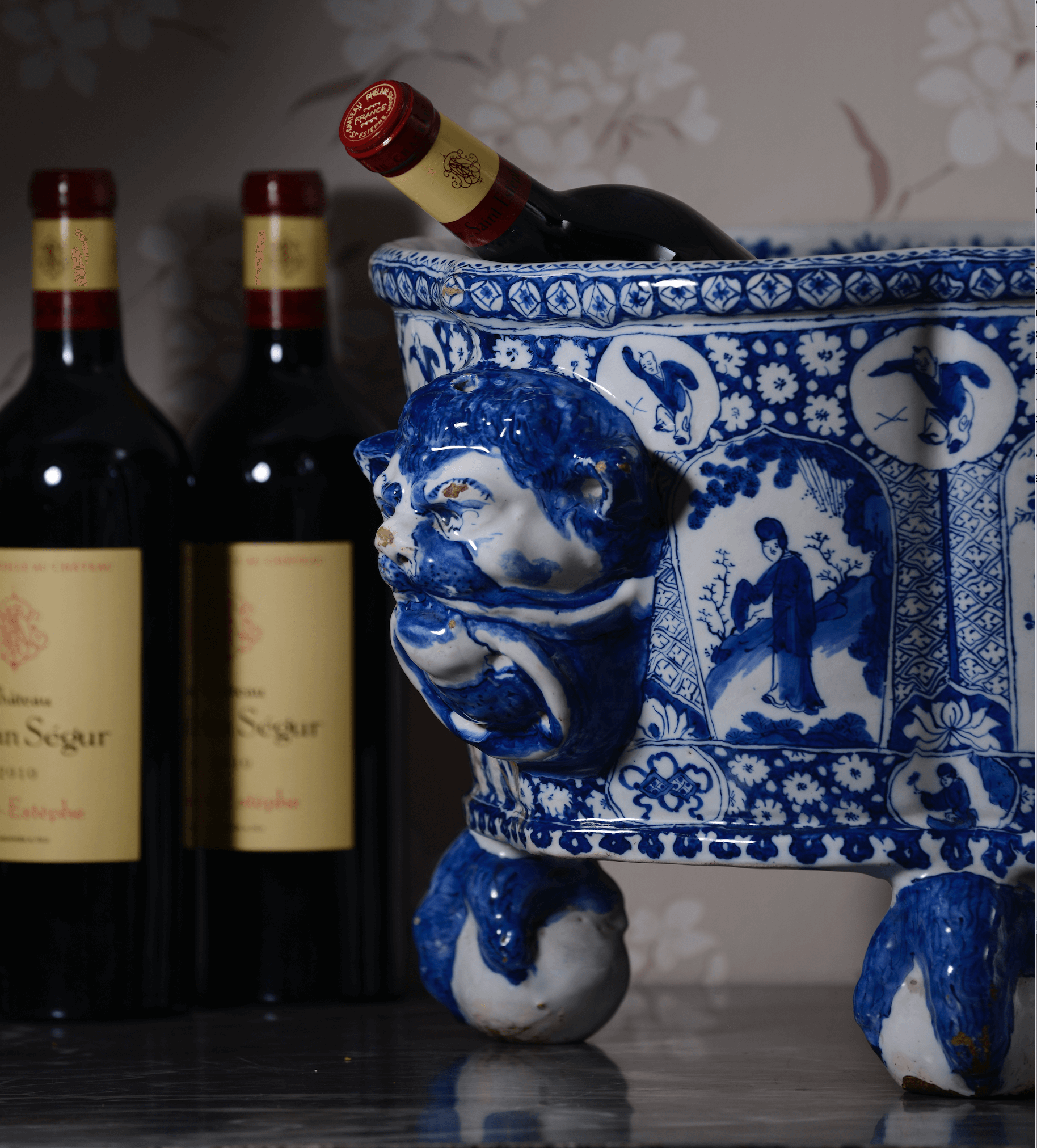Blue and White Armorial Plate
Every month we present a special object from the Aronson Antiquairs’ collection. This month we would like to show you this blue and white armorial plate. The plate was commissioned at De Metaale Pot (The Metal Pot) factory during the ownership of Lambertus van Eenhoorn, from 1691 until 1721, or his widow Margaretha Teckmann until 1724.…


